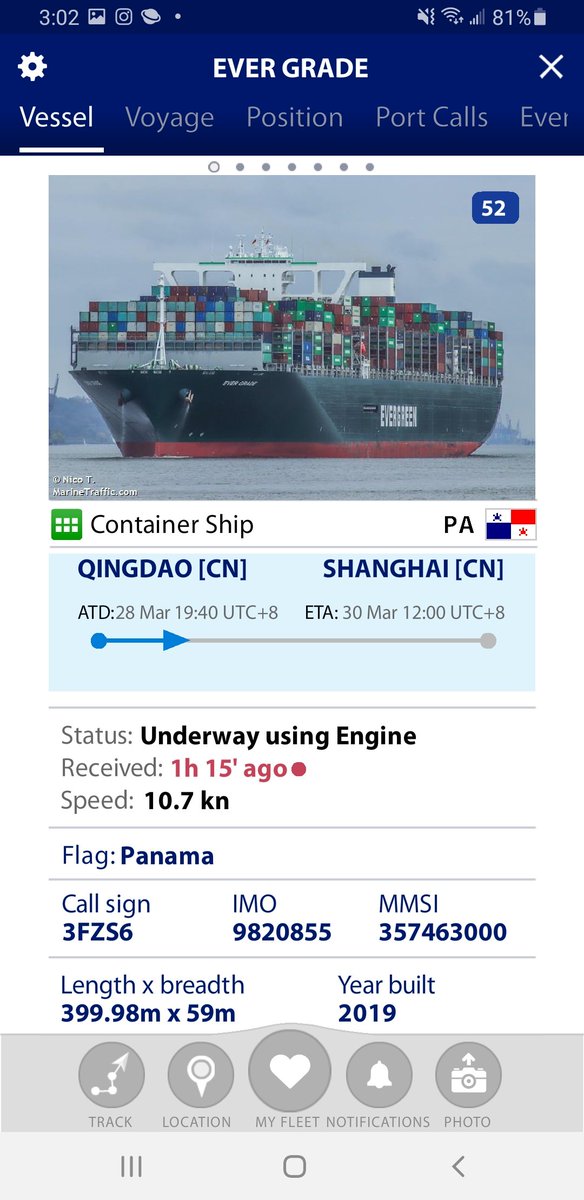
@DavidLarter @SamDavaham @ConsWahoo @JerryHendrixII @cdrsalamander 1/The Liberty ship could carry 10k tons at 11.5 knots and took days to weeks to load/unload. ULCS can sail at 24 ktsband carry 200k and offload in a port in about 2 days.
The US maintains a fleet of geared & fearless containerships through the Maritime Security Program...
The US maintains a fleet of geared & fearless containerships through the Maritime Security Program...

@DavidLarter @SamDavaham @ConsWahoo @JerryHendrixII @cdrsalamander 2/MSP provides $5M/ship/year for 60 vessels=$300M. The ships provide capacity and service on key routes for the military - such as APL western Pacific routes. They also provide employment for crews who can be used for surge sealift in @DOTMARAD & @MSCSealift...
@DavidLarter @SamDavaham @ConsWahoo @JerryHendrixII @cdrsalamander @DOTMARAD @MSCSealift 3/The cost barely covers the differential to remain US flag, the ships are all foreign built, and the capacity is not enough to sustain a true peer-to-peer conflict. Currently the US merchant marine has a total of 180 ships.
COSCO has over a 1000.
lines.coscoshipping.com/home/Services/…
COSCO has over a 1000.
lines.coscoshipping.com/home/Services/…
@DavidLarter @SamDavaham @ConsWahoo @JerryHendrixII @cdrsalamander @DOTMARAD @MSCSealift 4/Add to this that the 61 ships in the surge #Sealift fleet, are on average 45 years old & should be maintained at an 85% readiness, are well below that threshold. The head of @US_TRANSCOM recently testified it is at 59%. Plus an aging prepo force means the US is ill prepared...
@DavidLarter @SamDavaham @ConsWahoo @JerryHendrixII @cdrsalamander @DOTMARAD @MSCSealift @US_TRANSCOM 5/I wrote about this for USNI Proceedings in 2019.
usni.org/magazines/proc…
usni.org/magazines/proc…
• • •
Missing some Tweet in this thread? You can try to
force a refresh








